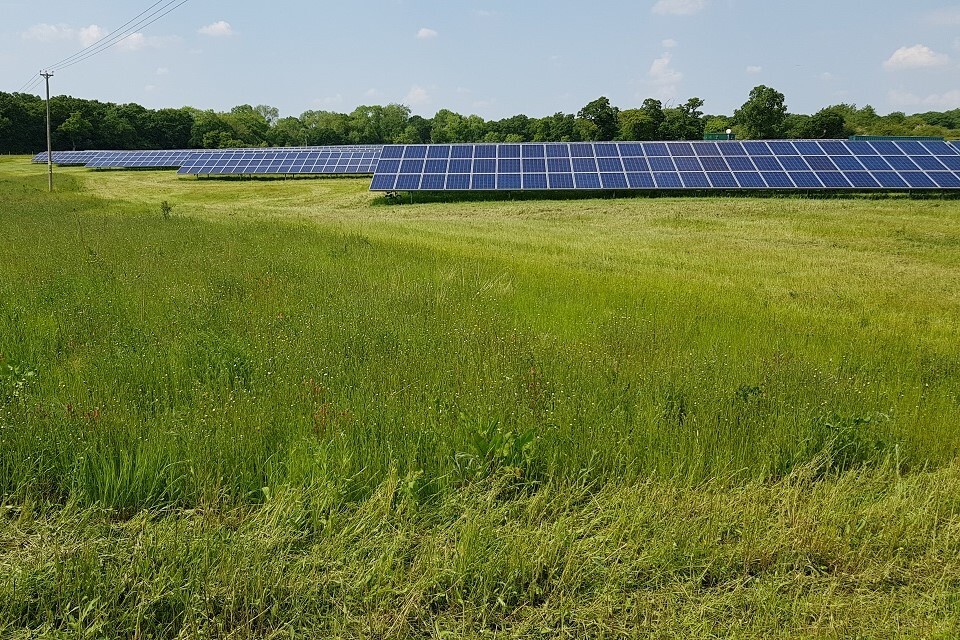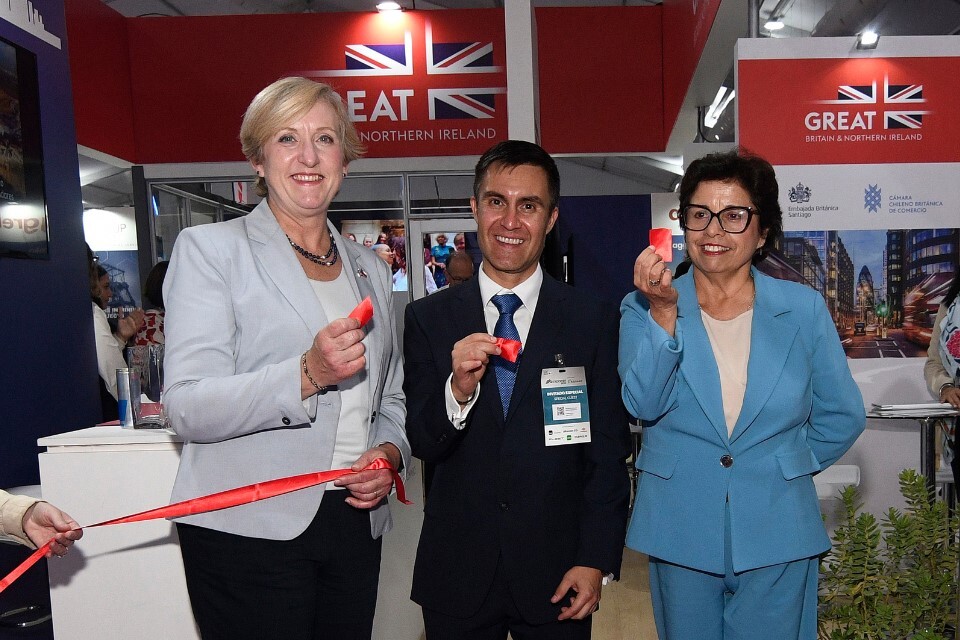What's On
The application will comprise of the construction, operation (including maintenance)…
Going Out
Attach yourself, the Friends of the beach has a shiny…
Reviews
Learning care is one of the best online -Montessori schools.…
Latest Articles
Over the next 4 to 5 weeks, around 200,000 to 500,000 cubic metres of sand will be topped…
A team of inspectors has been sent to begin investigating an accident which occurred on 8 May 2025
The King has approved the nomination of The Right Reverend Robert Saner-Haigh, for election as Bishop of Carlisle
UK Statement on Guyana, delivered at Guyana's Universal Periodic Review at the Human Rights Council in Geneva.
4 of the UK’s most exciting regional research clusters to grow their ideas into thriving companies and industries…
Colour has finally come to the Kindle with the arrival of the Kindle Colorsoft Signature Edition. Or, as…
Consultation proposes increasing funding by up to £92 million a year Funding to address inherited crisis in criminal…
The FCDO has released a statement following ballistic missile launches by the Democratic People's Republic of Korea (DPRK)…
In Spotlight
On Thursday 8 May, the British High Commission in Solomon…



































